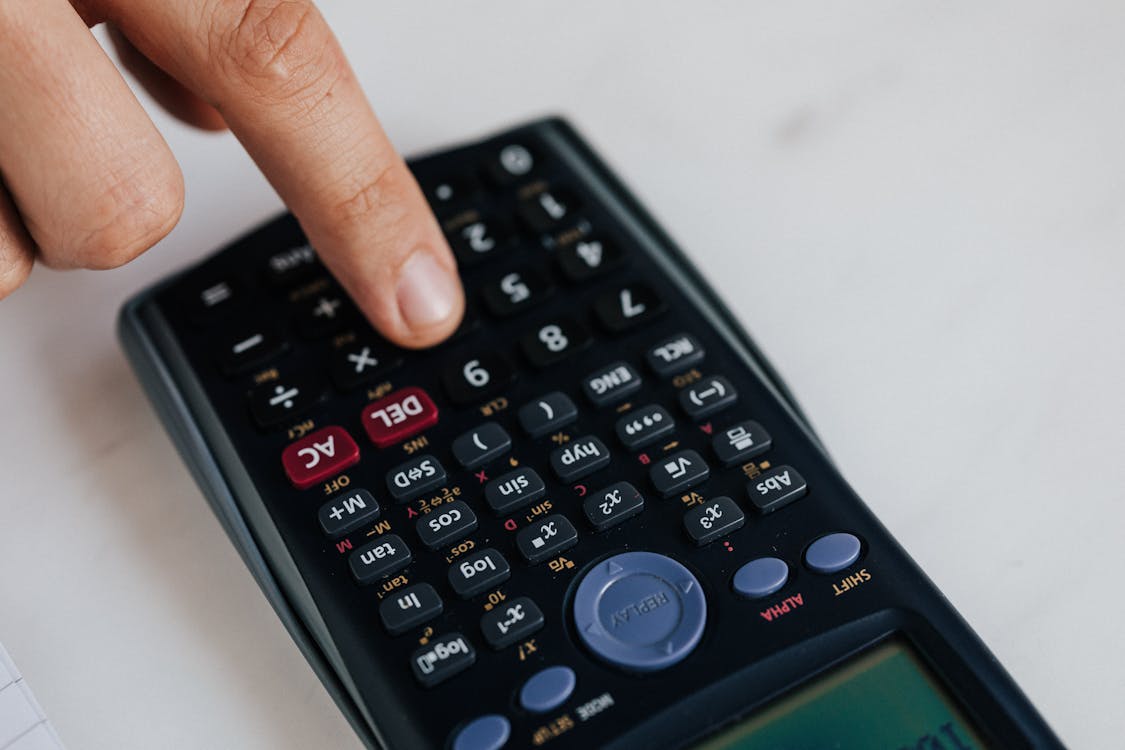
Introduction
Embarking on a journey to learn a new language involves more than just mastering words; it’s about understanding the numerical fabric that weaves through daily life. In this exploration, we delve into the Indonesian counting system, a crucial aspect of language proficiency. From basic numbers to intricate numerical expressions, this article guides you through the numerical adventure in Indonesian, promising a richer understanding of the language.
1. The Basics: Learning Indonesian Numbers 1-10
Let’s start our numerical adventure with the basics. In Indonesian, the numbers 1 to 10 are fundamental to constructing larger numerical expressions. From “satu” (1) to “sepuluh” (10), these numbers lay the foundation for counting in Indonesian.
2. Beyond the Basics: Exploring Teens and Tens
Moving beyond the foundational numbers, Indonesian introduces unique expressions for teens and tens. For instance, “sebelas” (11) and “dua puluh” (20) showcase the language’s distinct numerical structure. Understanding these patterns aids in constructing a wide range of numerical combinations.
3. Counting by Hundreds: Navigating Hundreds and Thousands
In the Indonesian numerical system, “ratus” represents a hundred, and “ribu” signifies a thousand. Learning to count by hundreds and thousands enhances your ability to express larger quantities. For example, “dua ratus” (200) and “lima ribu” (5,000) demonstrate the versatility of Indonesian numbers.
4. Decimal Delight: Embracing Decimal Numbers
Indonesian seamlessly incorporates decimals into its numerical repertoire. Words like “koma” denote the decimal point, allowing you to express fractions and decimal numbers with ease. Familiarizing yourself with these terms adds precision to your numerical communication.
5. Money Matters: Handling Indonesian Currency
As you immerse yourself in Indonesian culture or travel to this vibrant country, understanding currency-related numbers is crucial. Explore words like “rupiah” and common expressions for amounts to navigate financial transactions confidently.
6. Time Telling: Grasping Numerical Expressions for Hours and Minutes
Numbers play a pivotal role in expressing time. Learn how to articulate hours, minutes, and other temporal concepts in Indonesian. From “jam” (hour) to “menit” (minute), you’ll be equipped to engage in time-related conversations.
7. Numerical Idioms: Adding Flair to Your Language Skills
Beyond practical applications, numerical idioms offer a creative dimension to language. Uncover expressions like “seratus satu persen” (one hundred and one percent) to infuse your conversations with flair and cultural richness.
8. Dates and Numerical Sequences: Mastering Calendar Expressions
Navigating dates in Indonesian involves understanding numerical sequences and month names. Delve into expressions like “tahun” for years and “bulan” for months to confidently discuss dates and timelines.
9. Mathematical Terms: Bridging Language and Numbers
For those with a penchant for mathematics, exploring mathematical terms in Indonesian enhances both language and numerical proficiency. Discover words like “tambah” (addition) and “kurang” (subtraction) to bridge the gap between language and numerical concepts.
10. Counting in Everyday Life: Bringing Numbers to Life
To truly master counting in Indonesian, integrate numbers into your daily life. Practice counting everyday objects, expressing quantities, and engaging in numerical conversations. This immersive approach solidifies your grasp of Indonesian numbers and their practical applications.
Wonder if you still don’t have the confident to speak Indonesian? Use this tips!
Conclusion
Counting in Indonesian extends beyond the mere recitation of numbers; it’s an intricate dance of language and numerical expression. By navigating the basics, embracing unique patterns, and exploring the diverse applications of numbers in Indonesian culture, you not only enhance your language proficiency but also gain a deeper appreciation for the role numbers play in shaping communication. Join the numerical adventure in Indonesian, and watch as your language skills unfold with each counted moment. Happy counting!
